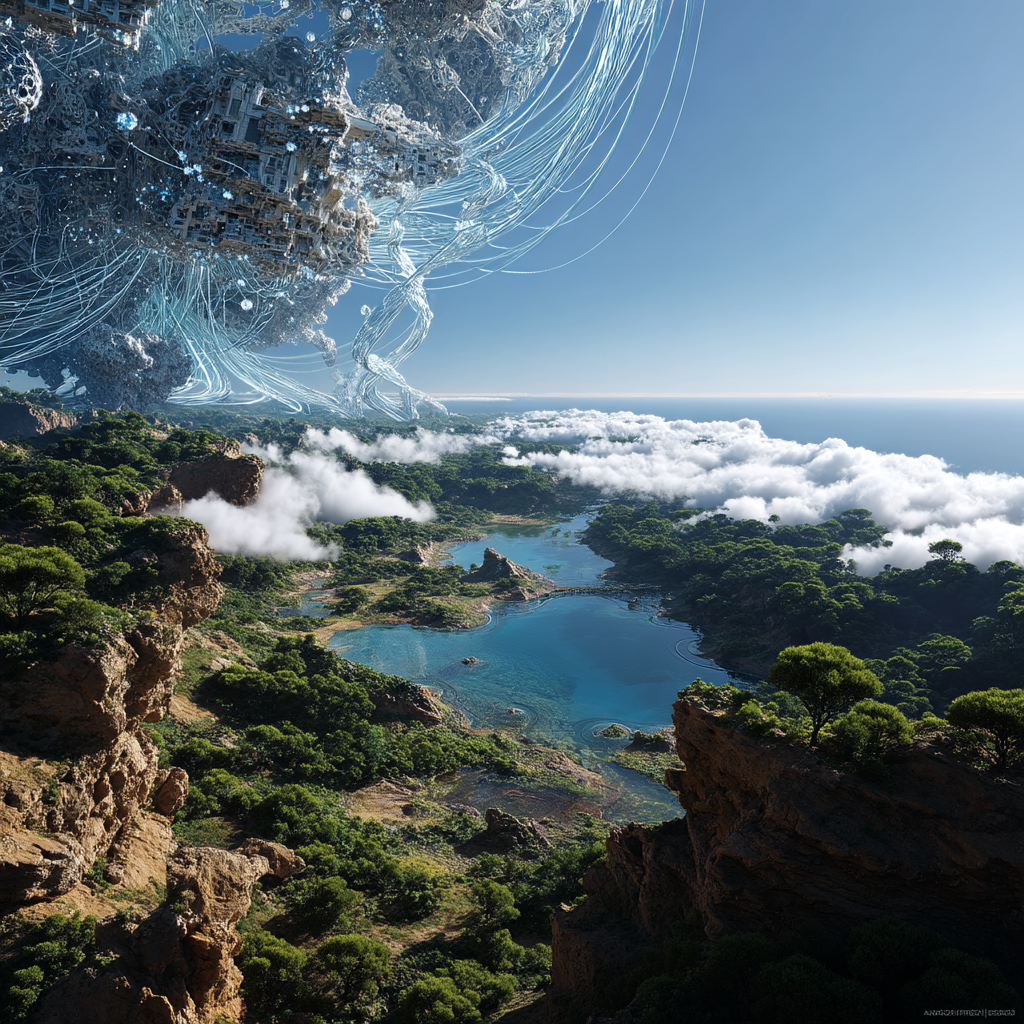Summary for Midjourney v7
Midjourney v7 presents a fascinating case of "Style over Semantics." While it remains capable of generating breathtakingly beautiful and atmospheric images, it currently sits near the bottom of the leaderboard (19th place) due to significant struggles with complex prompt adherence and text generation.
☑️ Key Findings
- Aesthetic Powerhouse: It consistently scores high on Artistic Merit, often producing images with cinematic lighting and rich textures.
- Text Struggles: It fails significantly in Text in Images, frequently generating gibberish or misspelled words (e.g., Neon Sign).
- Architecture King: It performed exceptionally well in Architecture & Interiors, achieving a perfect 10/10 on the Moroccan Riad.
- The "Uncanny" Factor: In portraits, it often leans too heavily into hyper-realism, resulting in waxy or plastic-looking skin.
Verdict: Use this model for vibes, concepts, and environments. Avoid it if you need specific text, complex logic, or strict adherence to multi-subject interactions.
General Analysis
Midjourney v7 operates differently from the current top-tier models. While models like Imagen 4.0 or Nano Banana Pro focus on strict adherence, Midjourney v7 prioritizes making a "good looking" image, sometimes at the cost of the user's actual request.
✨ Strengths: Atmosphere & Composition
When the prompt allows for artistic interpretation, the model shines.
- Lighting Mastery: The lighting in Nighttime Portrait and Roman Bathhouse creates a mood that many technically superior models struggle to match.
- Texture Depth: It excels at rendering complex materials, such as the stone and water in Gothic Cathedral.
⚠️ Weaknesses: Logic & Text
The analysis reveals deep cracks in the model's technical capabilities:
- Text Generation Failure: In the Movie Poster prompt, the model misspelled the title as "LAST SURSSNIEE", and it turned a request for "24/7" into "OPEN-27" in the Neon Sign generation. It lags significantly behind modern standards for OCR-free text rendering.
- Anatomical Hallucinations: In complex crowd scenes, the model tends to melt details. The School Classroom generation received a score of 2 due to "melted faces" and distorted bodies.
- Logic Errors: In the Ultra Hard category, it struggled with relationships. For the Astronaut on Horse prompt, it failed to execute the specific "reversed scenario" requested, defaulting to a standard composition.
‼️ The "Hyper-Real" Trap
A recurring comment in the evaluations is that the skin textures look "synthetic" or "airbrushed" (seen in Businesswoman Headshot). The model has a tendency to over-polish portraits, moving them away from true photorealism and into digital art territory.
Best Model Analysis by Use Case
Based on the data, here is where Midjourney v7 excels and where it should be avoided.
🏛️ Best Use Case: Architecture & Environments
This is the model's strongest domain. It understands space, light, and material better than it understands people or text.
- Top Pick: Moroccan Riad (Score: 10/10). The model captured intricate tilework and complex lighting patterns perfectly.
- Recommended For: Interior design visualization, environmental concept art, and atmospheric background generation.
🎨 Good Use Case: Abstract & Graphic Art
When precision isn't required, the model's artistic bias is a huge asset.
- Highlight: Musical City Skyline (Score: 9/10). It successfully blended a city skyline with musical notes, showing high creativity.
- Highlight: Magical Library. It captured the "magical realism" vibe perfectly.
❌ Avoid: Text-Heavy Graphics
Do not use this model if you need legible text.
- Failure: Social Media Post. The request for "SPRING SALE" resulted in garbled, cut-off text.
- Recommendation: Use models like Ideogram or DeepFloyd variants for text-based tasks.
❌ Avoid: Complex Crowd Scenes
The model struggles to maintain coherence across multiple subjects.
- Failure: Market Scene and Classroom. As the number of subjects increases, the quality of individual faces degrades rapidly into artifacts.
⚠️ Niche Case: Anime & Stylized Art
Performance here is volatile. It produced a stunning 90s Space Battle (Score: 9/10) but failed completely on a slice-of-life Ramen Shop (Score: 2/10) due to severe anatomy distortion. Use with caution and expect to re-roll.
